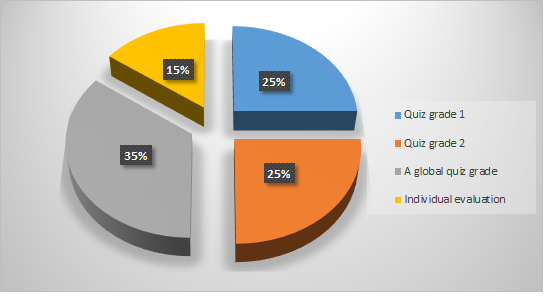Tutorials Physic 1
Résumé de section
-

-
Teacher: DEKHILI Nourelhouda
Contact: nourelhouda.dekhili@univ-biskra.dz
Availability (time and location): In the teachers' room: Monday 11:00 a.m. - 1:00 p.m.
Tutors: Dr. Amel NACER.
Availability (time and location): n the teachers' room: Monday 11:00 a.m. - 1:00 p.m.
Coefficient: 03
Credits: 04
Overall hourly volume: 67h30
Hourly volume of personal work required/week: 1h30/week
Evaluation method: 60% exam + 40% assessmen
-
-

-
Explain the fundamentals of stitch mechanics by breaking them down into three main parts: Kinematics, Dynamics, Work and Energy.
- Analyze the concepts of Kinematics, Dynamics, and Work and Energy within the context of stitch mechanics.
- Emphasize the necessity of having specific background knowledge to effectively comprehend stitch mechanics.
- Apply basic mathematical and physical principles to understand stitch mechanics.
-
-
-

- Understanding of basic principles of physics such as mechanics, dynamics, forces, and motion is essential for comprehending mechanical elements.
- Proficiency in mathematics, including algebra, trigonometry, calculus and geometry.
- Familiarity with engineering mechanics concepts.
-
-
-
The content of the Physics 1 course (Tutorials) includes a series of essential subjects for an in-depth understanding of the principles of physics.
physical. Here is a general overview of the course content:
1. Mathematical reminders: it is essential to recall certain fundamental mathematical concepts that will be frequently used in the analysis and solution of physical problems. Here are some of these mathematical reminders:
— Differential and integral calculus.
— Vectors and analytical geometry
— Systems of linear equations.
2. Kinematics: This chapter outline covers the main aspects of kinematics, starting with simple movements in one dimension and progressing to more complex movements in the plane. Each section will include theoretical explanations, illustrative examples and practical exercises to enable students to develop their understanding and skills in movement analysis.
3. Dynamics: This chapter outline covers the fundamental concepts of dynamics, from Newton's laws to the application of these law in different physical contexts, as well as concepts related to work, energy and energy conservation. Each section will be accompanied by practical examples and exercises to enable students to develop their understanding and problem-solving skills.
4. Work and Energy: This chapter discusses the concepts of work and energy, emphasizing their relationship and applications in motion analysis. Each section will be accompanied by practical examples and exercises to allow students to consolidate their understanding and their ability to apply these concepts in real-life situations.
Each topic will be studied in depth, with theoretical demonstrations followed by practical examples and guided exercises to reinforce students' understanding.
-
-

-
1. Mécanique du point. Cours et problèmes résolus. L1, IUT. F. Viot,
Dunod (2005).
2. Mécanique du point. Exercices corrigés. 1re année MPSI-PCSI-PTSI.
David Teyssier, Ellipses (2005).
3. Mécanique du point, problèmes résolus. H. Lumbroso, Dunod (2002).
-





